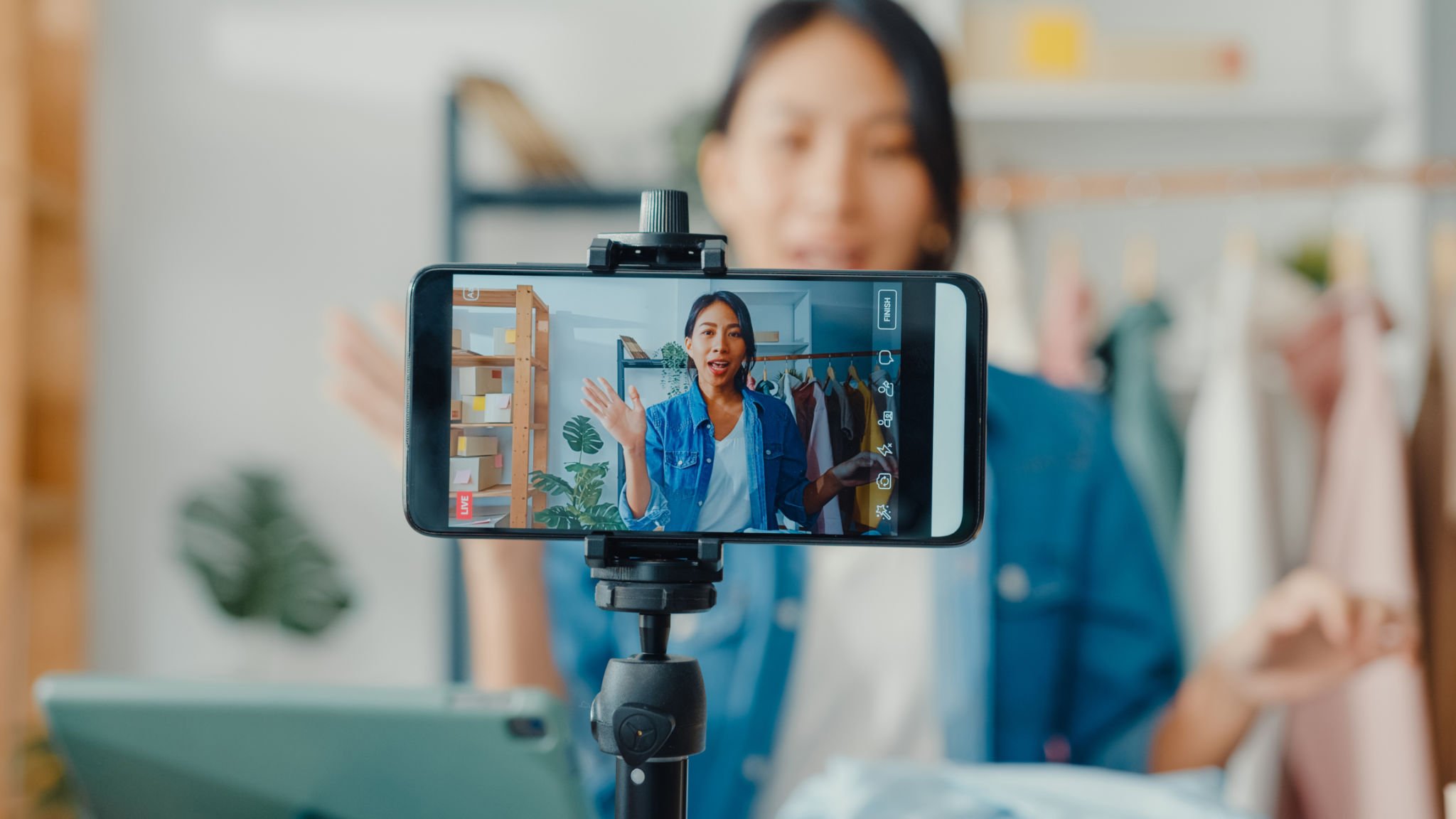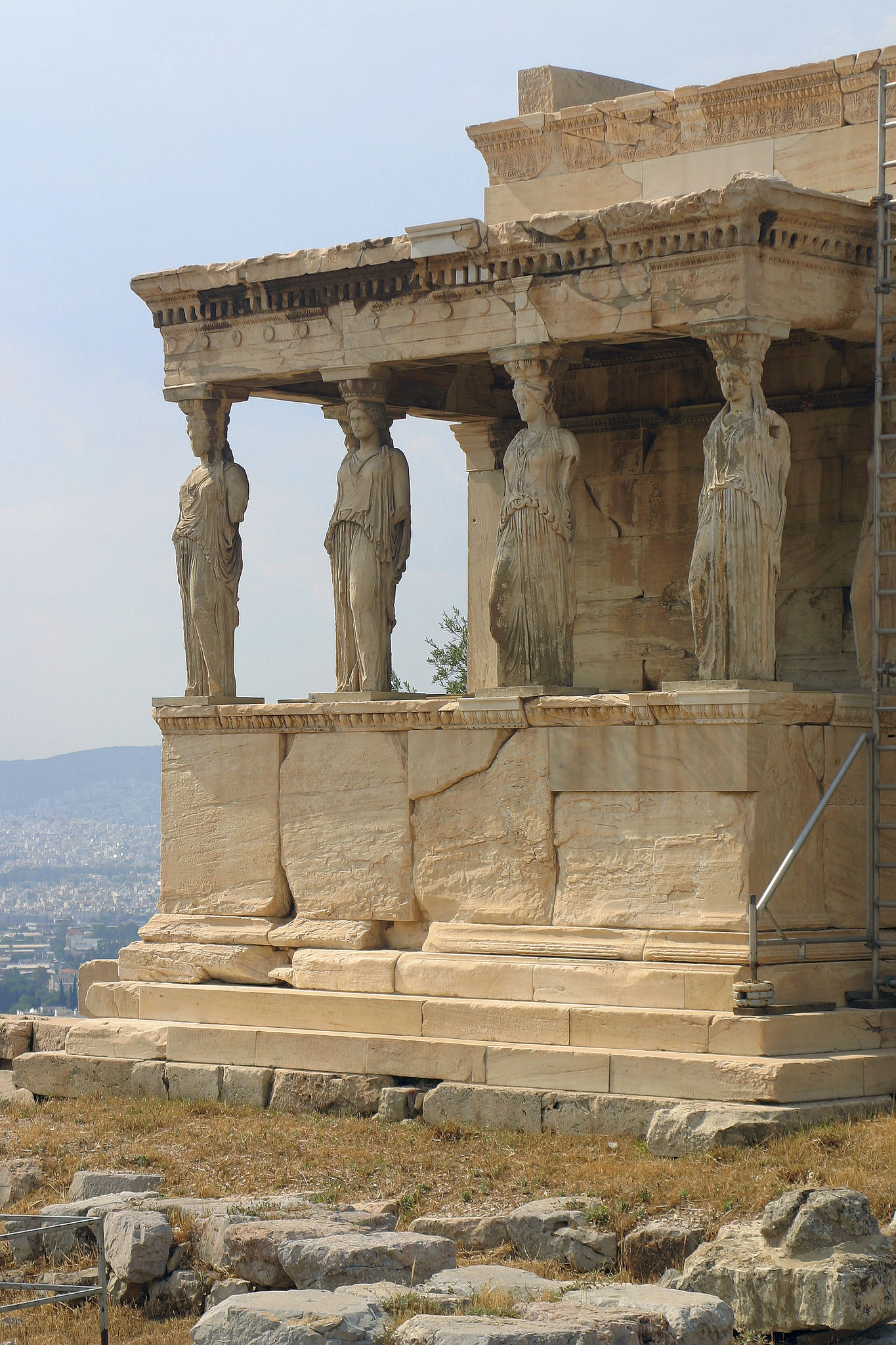Case Study: Successful Influencer Campaigns by Top Companies
Introduction to Influencer Marketing
In recent years, influencer marketing has become a powerful tool for brands looking to boost their visibility and connect with their target audience. By collaborating with influencers, companies can leverage the influencer's reach and credibility to enhance their brand image. Let's delve into some successful influencer campaigns by top companies and the strategies that made them effective.
Influencer marketing is not just about choosing a popular figure; it's about selecting the right influencer who aligns with the brand's values and resonates with the target audience. The effectiveness of these campaigns often depends on creativity, authenticity, and strategic execution.

Case Study 1: Nike and the Power of Authentic Storytelling
Nike is renowned for its innovative marketing strategies, and its collaboration with influencers is no exception. A standout campaign was Nike's partnership with fitness influencers who shared personal stories of overcoming obstacles. This strategy not only showcased Nike's athletic wear but also underscored the brand's mantra of perseverance and empowerment.
The success of this campaign lay in its authenticity. By allowing influencers to share genuine stories, Nike enhanced its emotional connection with consumers. The campaign encouraged user-generated content, further amplifying its reach across various social media platforms.
Key Takeaways
- Authenticity is crucial in influencer partnerships.
- User-generated content can significantly extend campaign reach.
- Aligning brand values with influencer stories enhances consumer connection.

Case Study 2: Glossier and Community-Driven Marketing
Glossier, a cult-favorite beauty brand, has built its success on community-driven marketing. By engaging micro-influencers who are actual users of their products, Glossier has created a network of authentic brand advocates. These influencers share honest reviews and beauty routines featuring Glossier products, which resonate well with their followers.
This approach not only boosts credibility but also fosters a sense of community among consumers. Glossier often encourages feedback from their influencer community, which helps them tailor products to meet consumer needs. This two-way communication model has been instrumental in building trust and loyalty.
Strategies for Success
- Utilize micro-influencers for authentic endorsements.
- Encourage community engagement and feedback.
- Focus on building long-term relationships with influencers.

Case Study 3: Coca-Cola and Global Reach Through Influencers
Coca-Cola's global influencer campaign aimed to connect with a diverse audience by collaborating with influencers from different cultures and regions. The campaign featured influencers sharing their personal experiences with Coca-Cola, highlighting the brand's universal appeal and ability to bring people together.
This strategy was effective in showcasing Coca-Cola as a brand that transcends cultural boundaries. The campaign was further amplified through localized content that catered to different regional markets, enhancing its global reach and relevance.
Lessons Learned
- Leverage influencers from diverse backgrounds to reach a global audience.
- Create localized content to enhance relatability and connection.
- Highlight universal themes that resonate across different cultures.

Conclusion
Successful influencer campaigns are characterized by authenticity, strategic alignment with brand values, and effective engagement with the target audience. By studying the approaches of top companies like Nike, Glossier, and Coca-Cola, businesses can learn how to harness the power of influencer marketing to achieve their own goals. As the landscape continues to evolve, maintaining authenticity and fostering genuine connections will remain at the forefront of successful campaigns.
